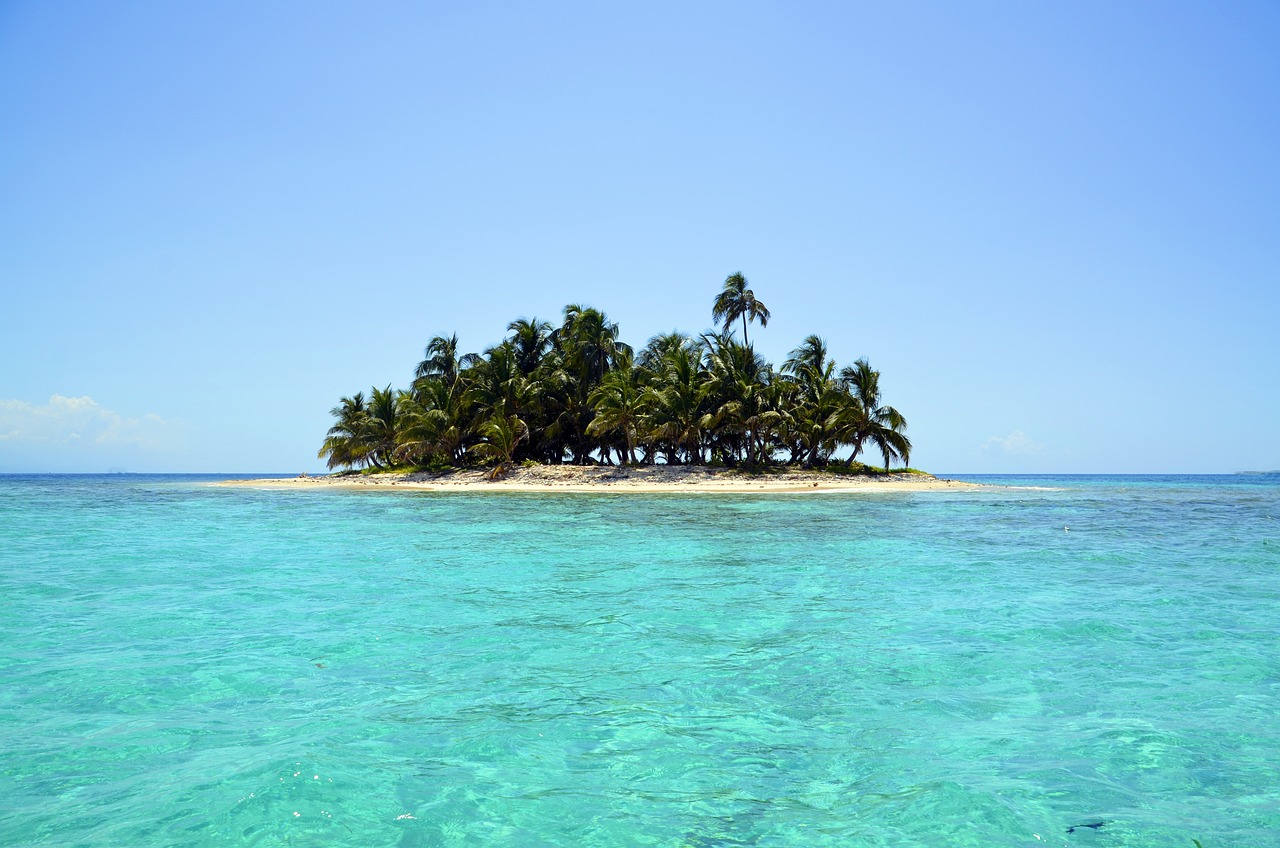
Vocabulary:
- proximity /prok-SIM-i-tee/
- attribute /uh-TRIB-yoot/
- accumulate /uh-KYOO-myuh-leyt /
- lifespan /LAHYF-span/
- erode /ih-ROHD/
[noun] – the state of being near or close in distance or relationship
The proximity of the new island to Iwo Jima is of great interest to scientists.
[verb] – to regard something as being caused by or originating from a particular source or factor
Scientists attribute the island’s formation to the eruption of an underwater volcano.
[verb] – to gather or collect gradually over time
The materials expelled from the volcano accumulated and formed the new island.
[noun] – the duration of time that something, such as an organism or object, is expected to exist or function
The lifespan of newly formed volcanic islands can be quite short due to harsh conditions.
[verb] – to wear away or gradually destroy through natural forces, such as water, wind, or friction
The forces of erosion can quickly erode and submerge these volcanic islands.
Article reading:
The island’s formation is a fascinating natural phenomenon that can be attributed to the materials expelled from an underwater volcano. Over time, these materials have accumulated and solidified to create a new landmass in the middle of the ocean. While similar events have been documented in the past in this region, the current occurrence is noteworthy because it marks the first time that magma has surfaced in this area since 1986. The lifespan of this newly formed island remains uncertain. This uncertainty arises from the fact that many such islands often have a short existence, disappearing beneath the sea in a matter of weeks or months due to the harsh and unpredictable conditions of the surrounding ocean. The forces of erosion, wave action, and changing tides can quickly erode and submerge these volcanic islands, making their existence transient and ephemeral.
Discussion Questions:
- Have you attended any educational workshops or seminars that focused on natural phenomena like volcanic activity or coastal ecosystems? If so, how did the knowledge gained from such events impact your understanding of the environment? If you haven’t had the opportunity to attend such events, are there specific topics related to volcanic activity or coastal areas that you would be interested in learning more about in the future?
- What thoughts or emotions come to your mind when you imagine witnessing the emergence of a new island? How would you feel if you were on a boat nearby?
- Do you agree with the idea that the forces of erosion and changing tides make the existence of volcanic islands transient and ephemeral?
- How do you think the study of this new island’s formation might contribute to our understanding of natural disasters and their prevention?
- What ethical and environmental concerns might arise from conducting research on this newly formed landmass?
Summarization
Describe:
- emerge
- opportunity
- process
- phenomenon
- erosion